
The History of the Decline and Fall of the Great Auk
The extinction of species has long captivated the curiosity of scientists and nature enthusiasts alike. Within the realm of vanished creatures, the great auk stands as a prominent figure. As the only flightless bird in the North Atlantic, the great auk (Pinguinus impennis) held a unique position as the largest member of the Alcidae family, commonly known as auks. This goose-sized seabird has left an indelible mark on our natural history

Isles of the Tasman Sea – Part II: Norfolk Island
Norfolk Island offers an interesting juxtaposition to Lord Howe Island, as it contains a very similar faunal guild, but the extent and circumstances of its extinctions are somewhat different.

Pachyderms, Power, and Politics: The history of the elephant in Northeastern Africa
The elephant was once numerous, and politically significant in the region of Northeast Africa, for cases of convenience, defined, for the sake of the essay, as Sudan, Eritrea, and Northern Ethiopia. Now all but gone, only found in a small population in Western Eritrea, which occasionally crosses into Sudan. It’s presence in the region encouraged the spread of ancient imperialism, with the Ptolemies of Egypt seeking to use the elephants as a resource, both for their ivory, and their value in warfare. Kingdom’s rose and fell according to the fortunes of the ivory trade, and it is said that certain peoples of the region relied almost exclusively on elephant hunting.
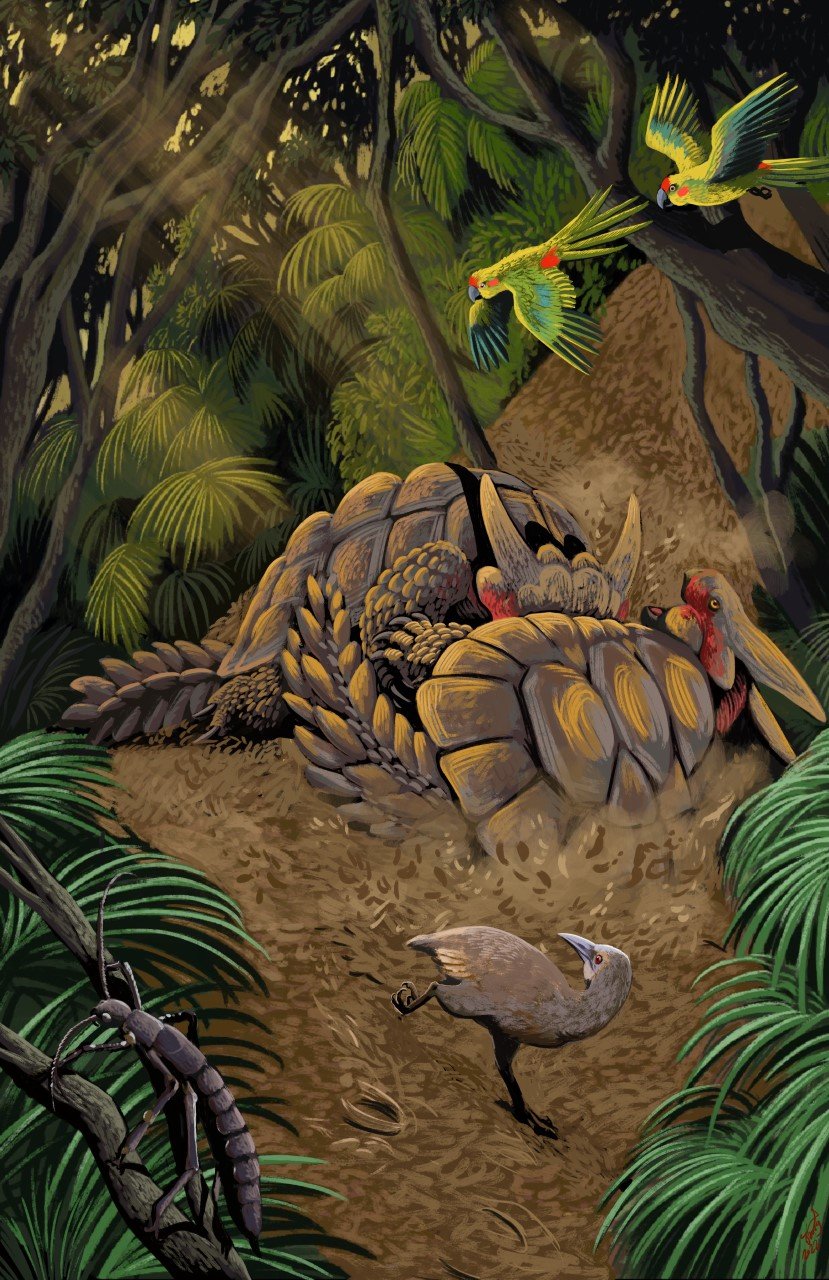
Isles of the Tasman Sea – Part I: Lord Howe
600km off the east coast of Australia, amidst the Tasman Sea, sits a tiny archipelago – the only specks of land for a hundred leagues. The Lord Howe Island Group. Today the entire archipelago is considered UNESCO world heritage due to its interesting collection of flora and fauna with high rates of endemism. Unfortunately, as is also often the case with islands, this diversity has become much diminished in historical times.
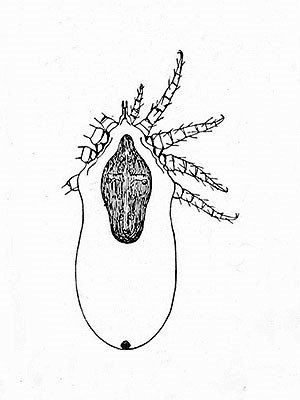
Unwelcome Guests – Coextinction of Parasites
In biology, parasitism is a form of symbiosis, a close association between species, in which one species (the parasite) exploits another (the host) for its own benefit. This aspect of harm is what separates parasitism from other symbioses, such as commensalism, in which one species sees gains while other isn’t affected. Most parasites depend entirely on their hosts for nourishment and/or habitat, and so they become intimately tied in an evolutionary context. This host dependence often leads to extreme adaptations and body plans tailored to surviving on – or in – another organism’s body.
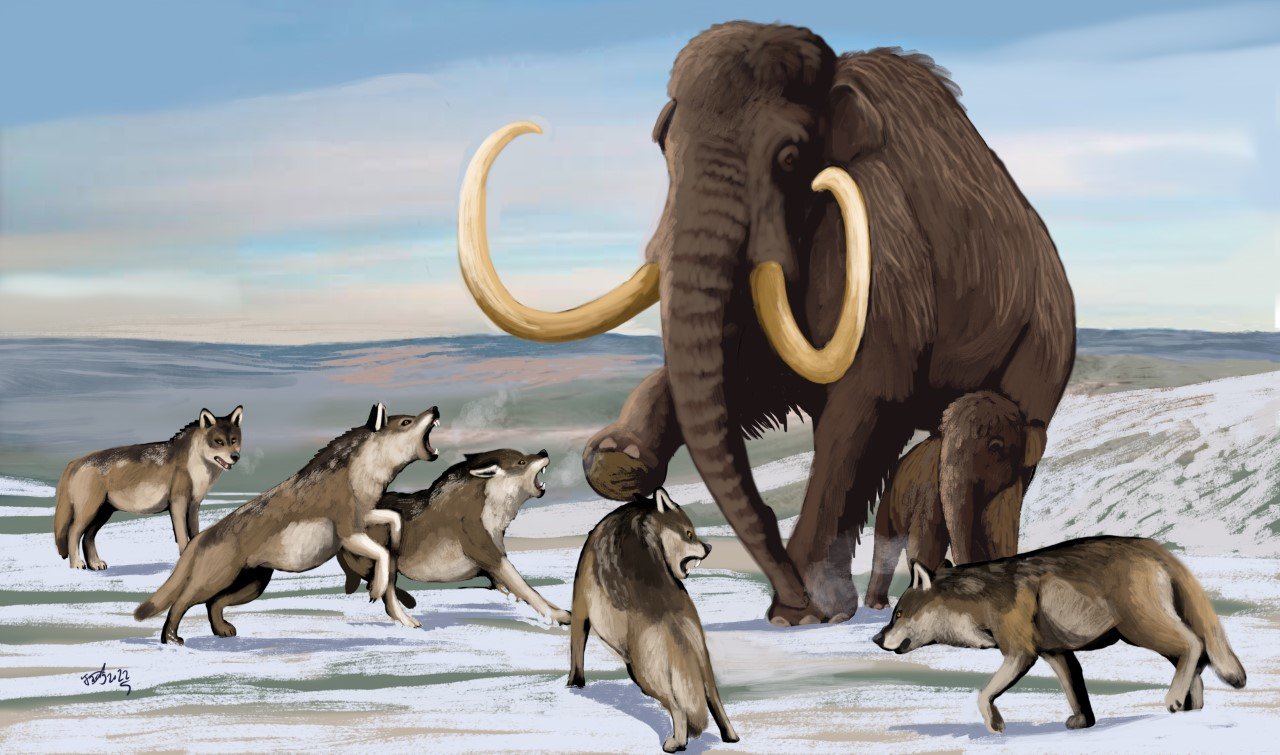
Changing the Guard: Extinction and Migration in Ice Age America
At the end of the Pleistocene, North America saw the extinction of about 70% of its megafauna guild - a catastrophic event, the cause of which is fiercely debated today. The magnitude of this loss may however be a conservative figure, a suspicion that arises when perusing the list of ‘surviving’ mammalian megafauna, because many also are present in Eurasia.
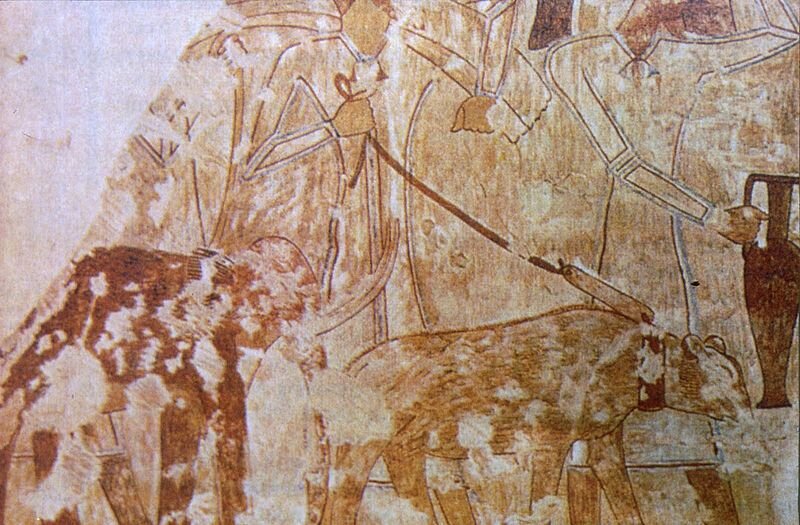
Elephants of the Aegean - Dwarfs and Giants of the Ancient Sea
The very words “dwarf” and “elephant” seem to us today utter contradictions, yet it was not always so. The Aegean, the blue heart of Greece, was once home to not one but dozens of diminutive elephants, scattered across the ocean’s myriad isles, isolated for hundreds of thousands of years. Until they weren’t.
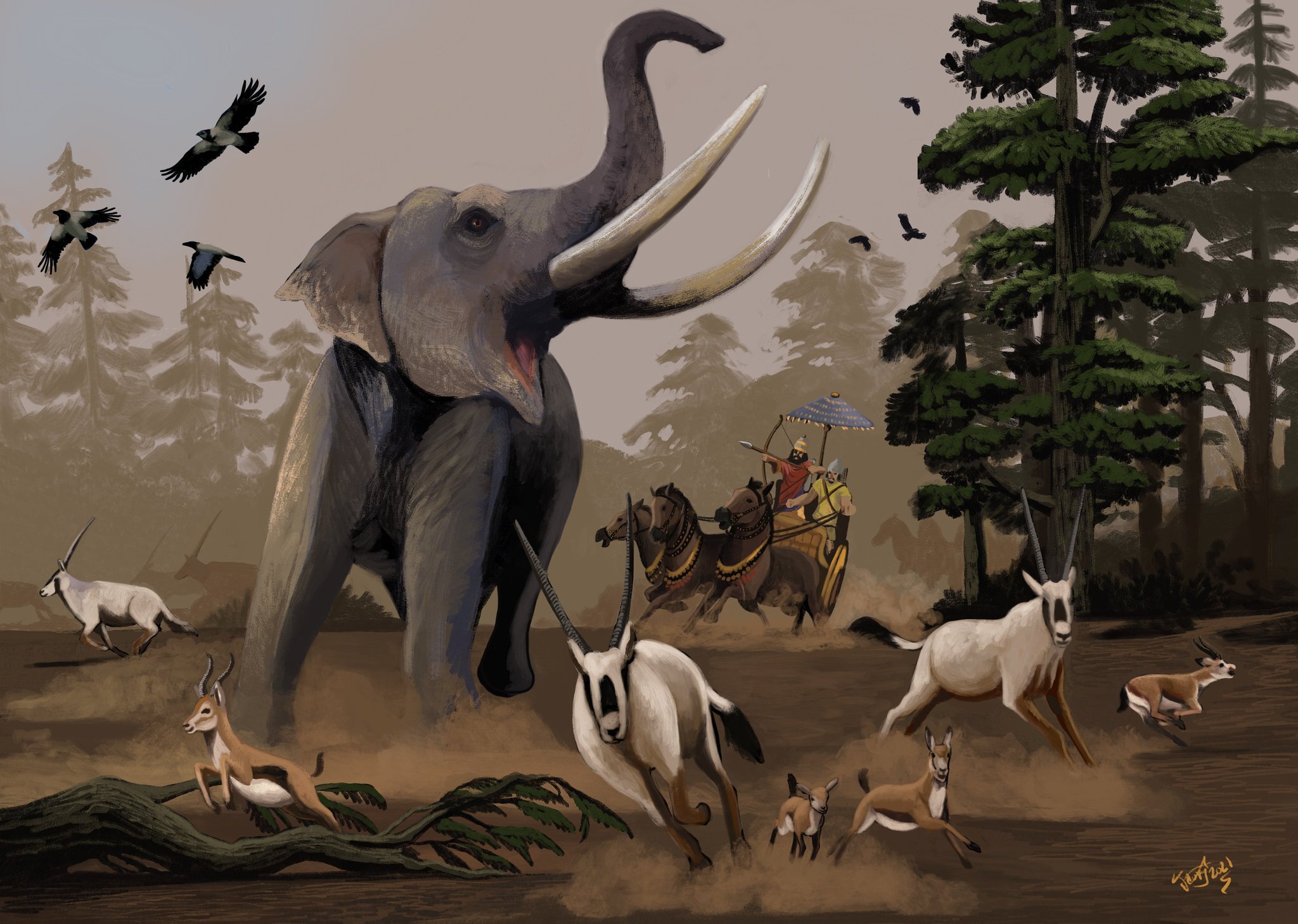
Beasts of the Bible and Babylon
The Ancient Near East was home to much wildlife, many of which is now sadly gone. As previous articles on this website have shown, many species of Camel, some of vast size once lived in the region during the Pleistocene, but by the time the Sumerians and Egyptians invented writing in the 4th millennium BC, all but one species was long gone. Nonetheless, many other species, today extinct in the region, or worldwide in some cases, lived in the region of the Near East in the early historical period, such as Elephants, Aurochsen, and Hippopotami.
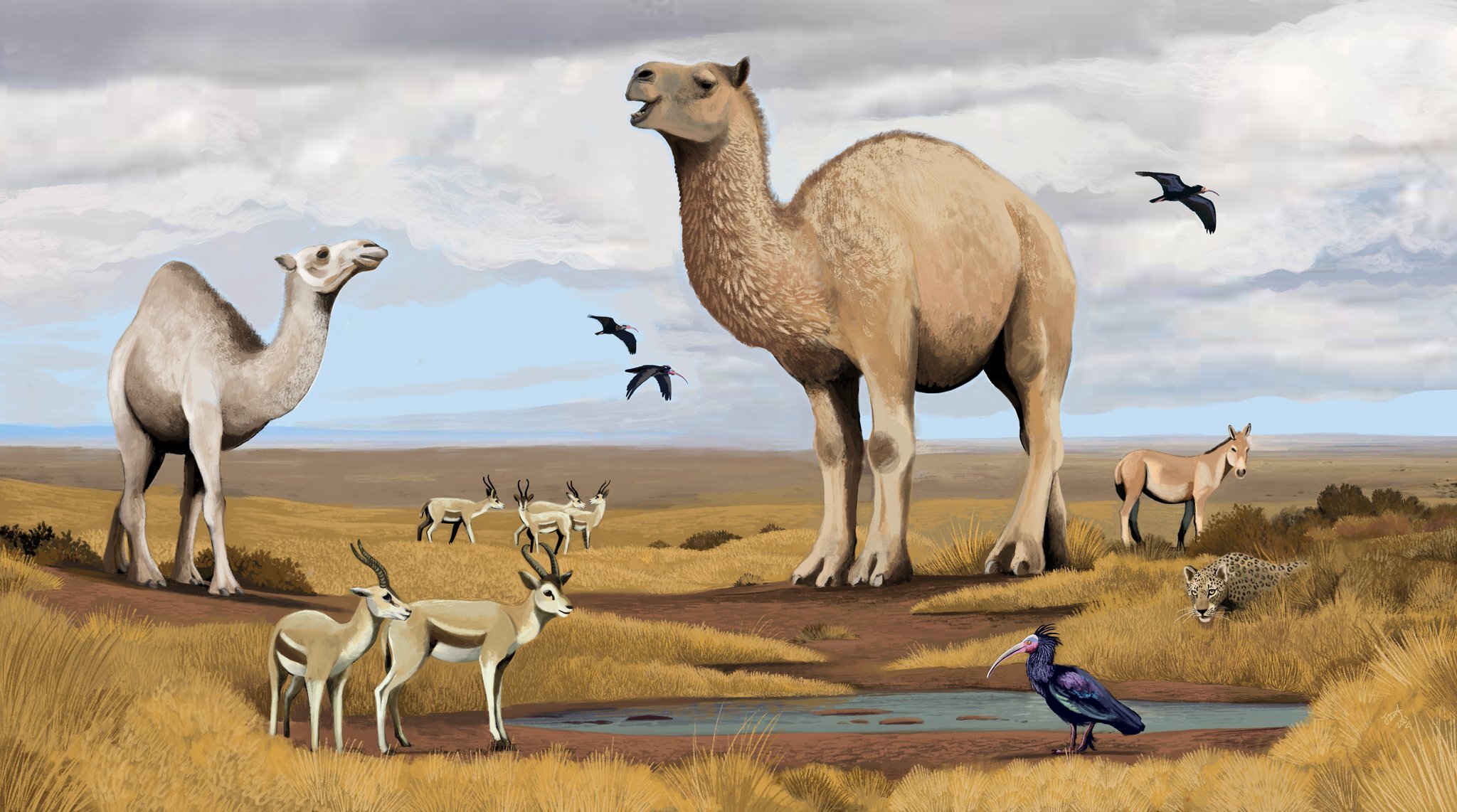
The Mysterious Origins of the Dromedary
Dromedaries have been one of the most important domesticated animals in human history, yet their origins remain unclear. Fossils are restricted to the Holocene and their affinities to other species a matter of debate.

Passenger Pigeons: Stewards of the Hardwood Forests
Passenger Pigeons were the most common bird in North America at the time of European settlement but were wiped out within a few centuries. The species shaped the landscapes and ecosystems within its range by virtue of its sheer abundance and unique behavior. Most affected were the hardwood forests of the Northern United States, where billions of pigeons would congregate annually to breed and inflict massive changes on their breeding grounds.
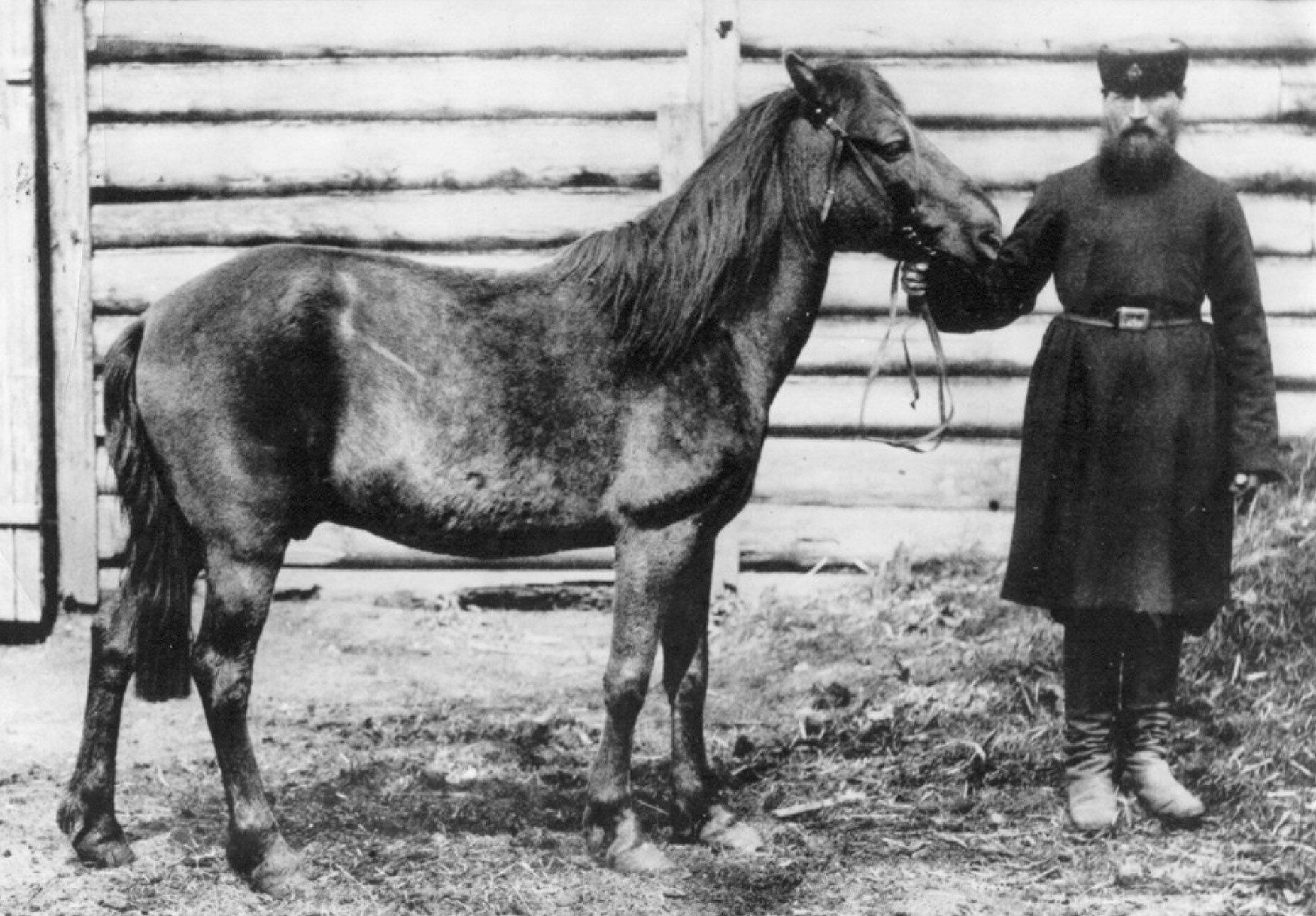
The European Wild Horse
The horse is one of man’s most important domestic animals. Just like cattle, horses descended from a once widespread wildtype that is now extinct because of human influence. The western subspecies of the wild horse, Equus ferus ferus, had a range from the Iberian peninsular to the western Eurasian steppe, where the horse was most likely domesticated. Although the domestic horse is well-known to us, the wild form is kind of elusive – it is not certain when it died out, how common it was, what it looked like, and there is not even a consensus on how to name this animal.
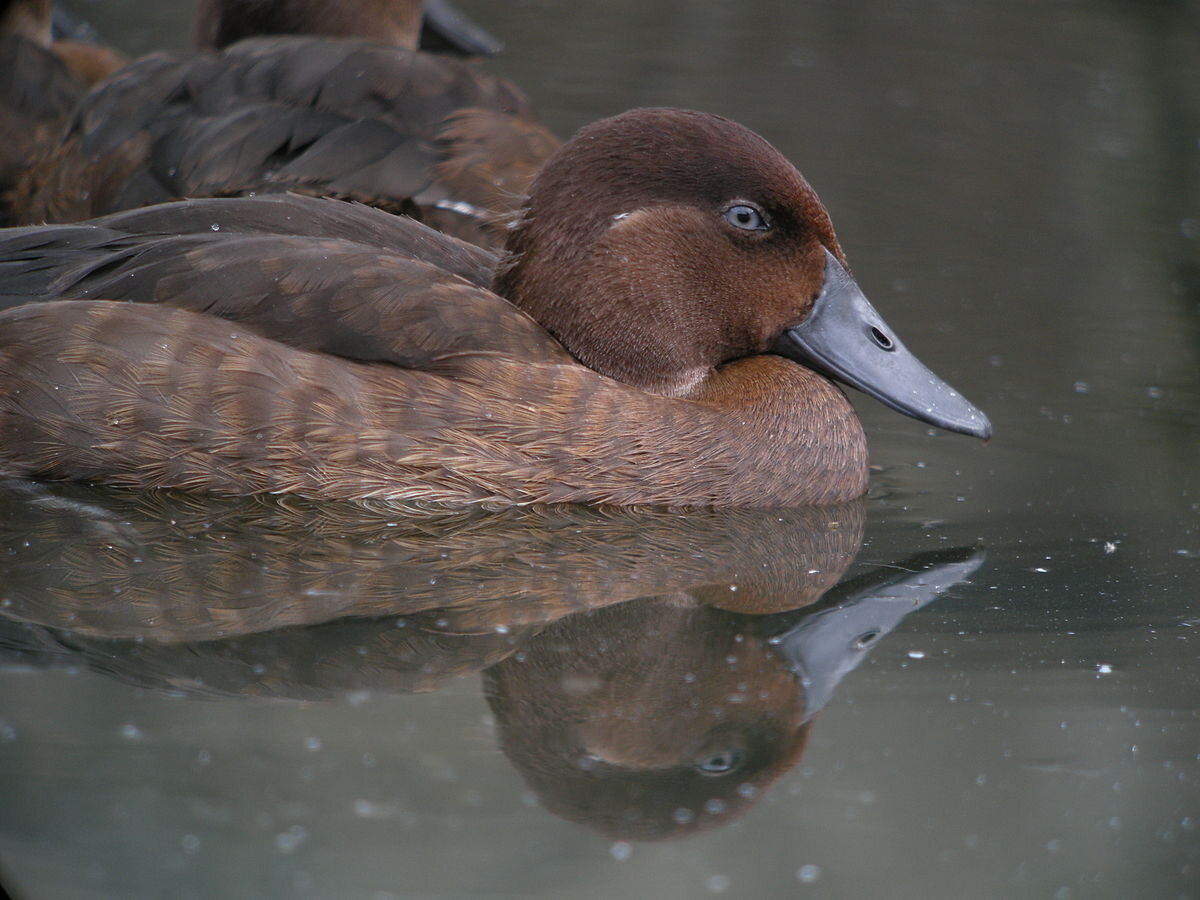
Wildfowl Extinctions
Wildfowl are amongst the most prolific bird groups and have reached every part of the planet, including remote islands. The group has not been spared casualties during the Holocene extinctions, and a clear pattern emerges when extinction dates are compared to the time of human arrival, though the mechanism remains less clear.

The Aurochs
A creature of both myth and history, the aurochs was the wild ancestor of domestic cattle, and a denizen of innumerable legends. Dying out as recently as 1627, it is one of the few members of Europe’s extinct megafauna to have survived into historical times. In this article, guest author Daniel Foidl lays out everything there is to known about the renowned beast.
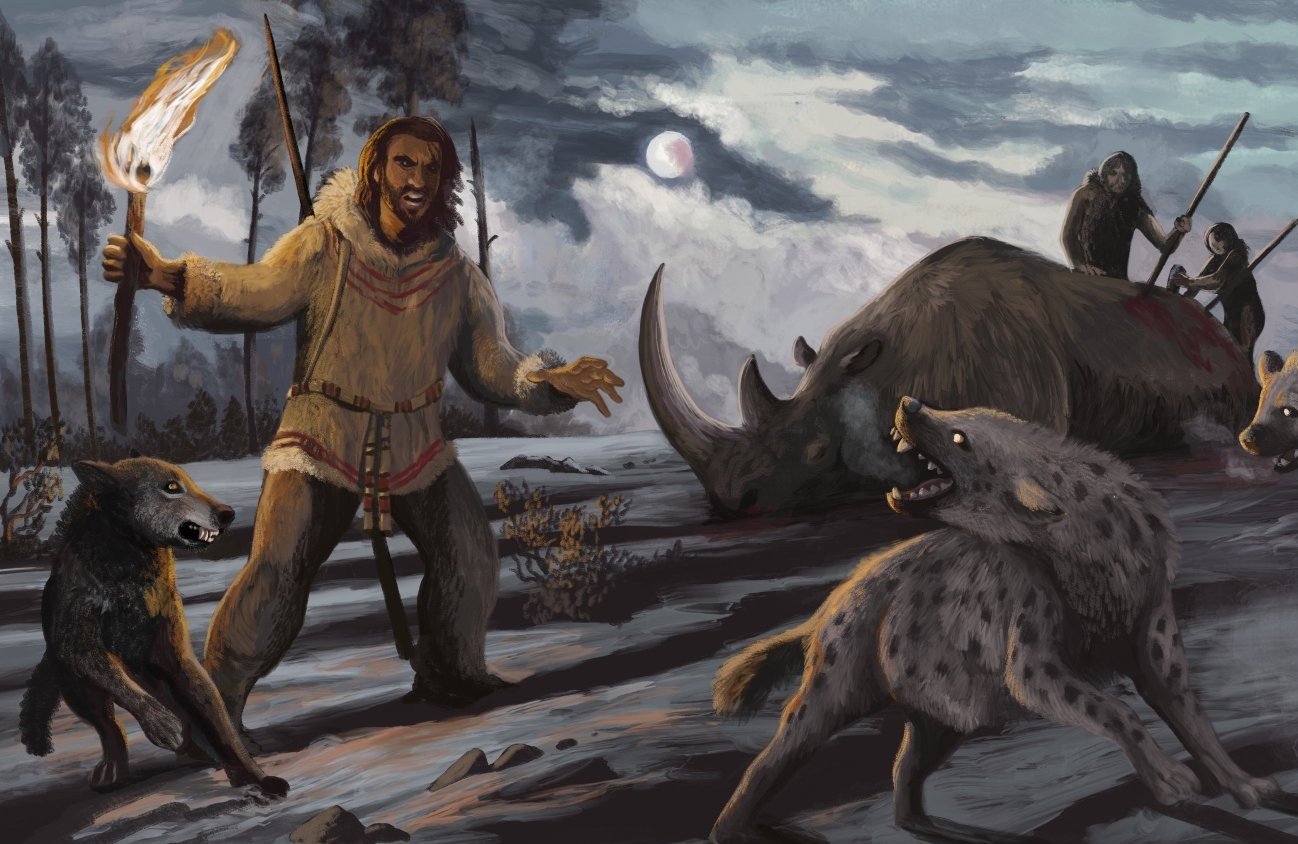
Europe - Part II: The Human Dimension
Around 40,000 years ago, an event occurred that would change Europe forever - Man had come. But what role did early humans play in the transformation of Europe’s ecosystems and the vanishing of the megafauna, and what of the Neanderthal?

Europe - Part I: Prelude and Climate
Before the age of farming was an age of hunters; before the age of hunters was an age of giants. In this first part of our series on the European extinctions, we describe the continent’s original ecosystems, before the vanishings, and analyse the evidence for a climatic explanation.
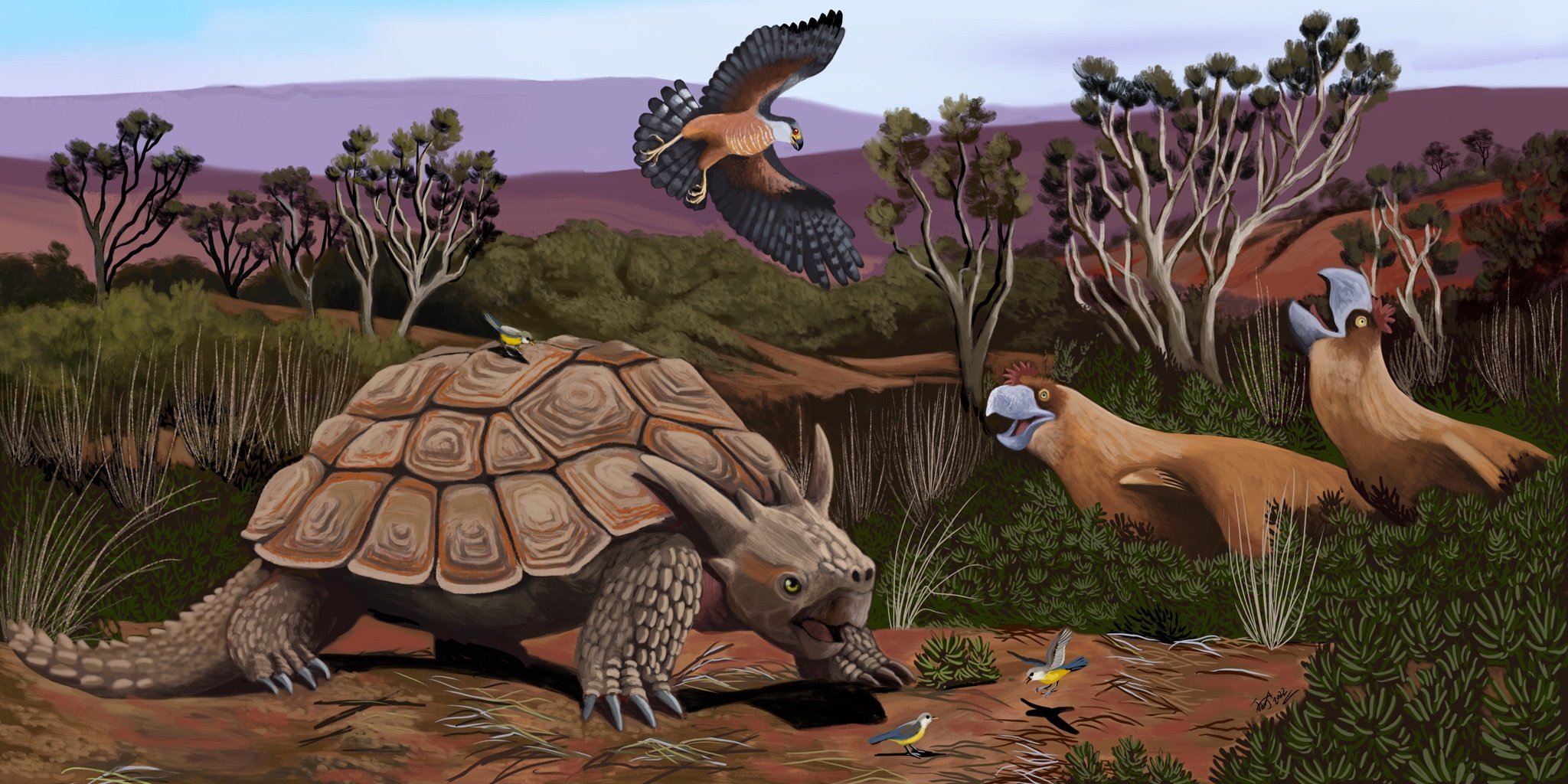
Islands - New Caledonia
New Caledonia was the ‘lost world’ of the Holocene - The final bastion of ancient groups of birds and reptiles, where horned turtles lumbered about the rocky shorelines, land-living crocodiles prowled the jungles in search of ground pigeons, and giant fowl traversed vast metallic scrublands. Then they vanished.
